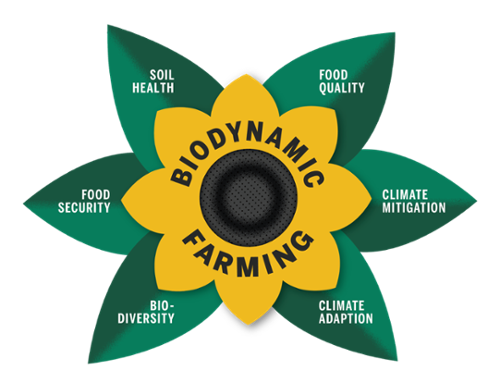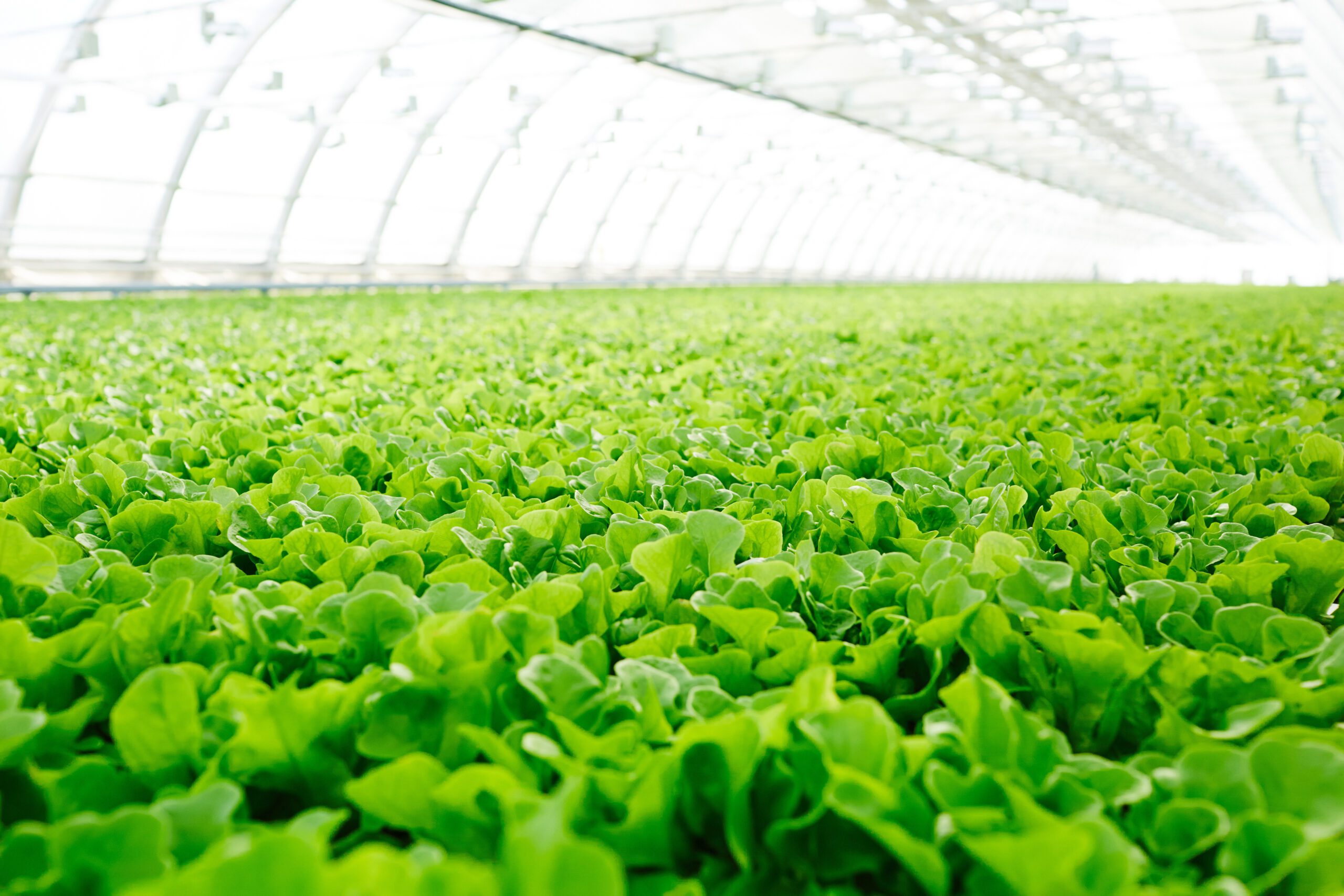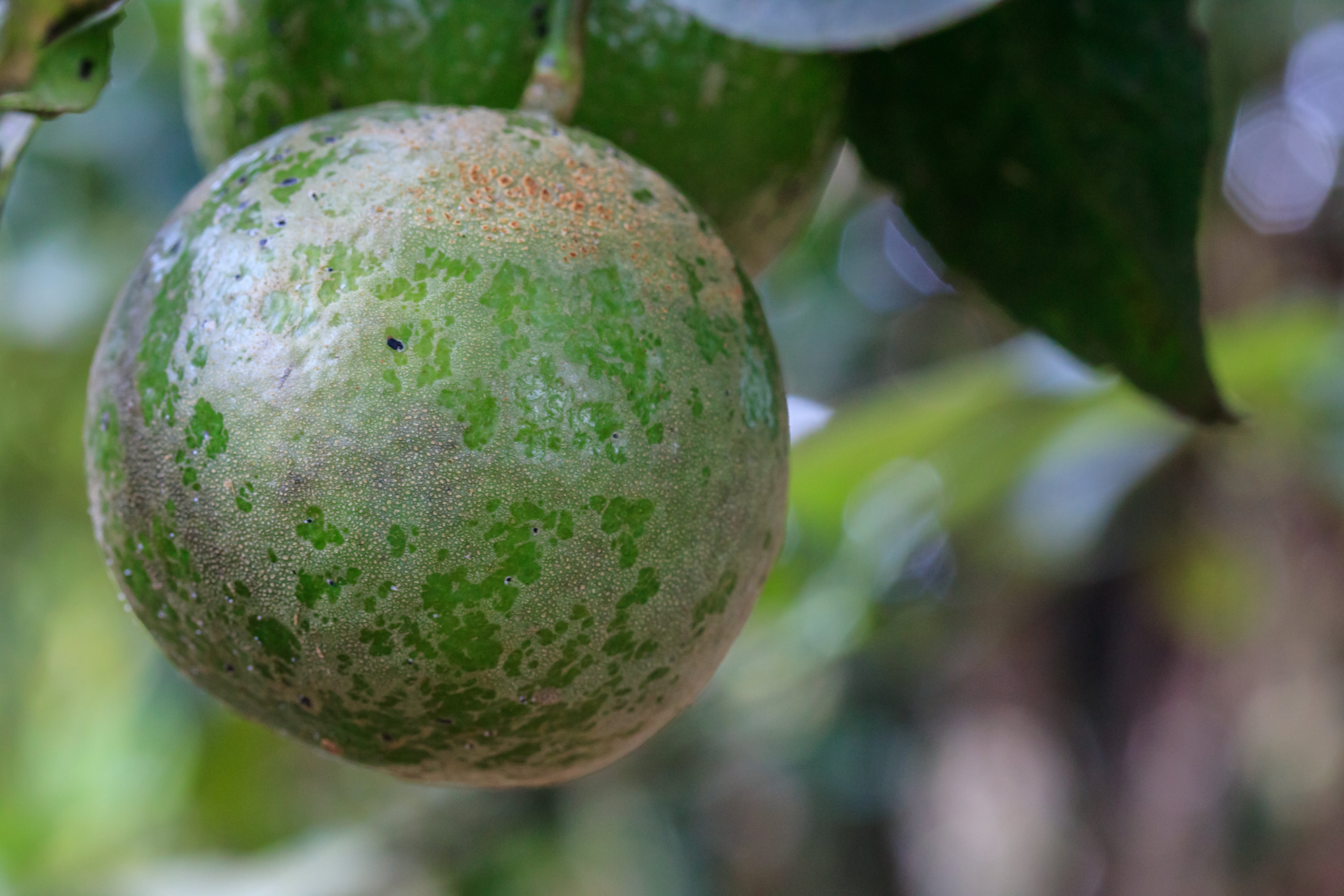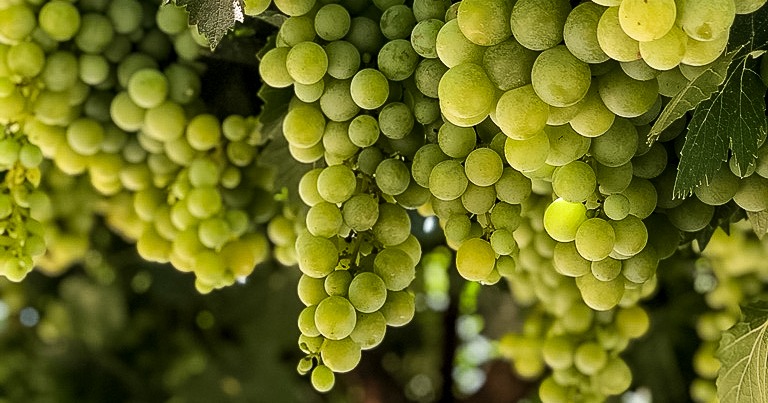PureCrop1: The Ultimate Organic Solution for Hydroponic & Home Growers
Are you struggling with pests, mold, or mildew in your grow? PureCrop1 offers an innovative, all-in-one organic solution that eliminates. Exclusively...
Biodynamic farming gives new meaning to reduce, reuse, and recycle. By reducing outside inputs, reusing and regenerating soil, and recycling the organic material that the system generates, biodynamic farms bring plants and animals together to create an agricultural ecosystem that heals the planet.
The organic and biodynamic methods are similar in that both are grown without chemicals and GMOs. However, the biodynamic farming practices go one step further. Designed to promote nutrient and energy cycling in the soil and above ground, biodynamic farms give back to the environment by creating a self-sustaining agricultural ecosystem. Biodynamic methods create healthier plants and heal the earth by replenishing the soil while invigorating the plant, soil, and livestock. These farms' practices generate superior soil quality, more fertile and stable compost piles, more robust crops, and decreased reliance or complete elimination of outside inputs such as fertilizers and pesticides.
Imagine managing a farm where sheep, cows, and chickens roam freely grazing fields. Your crops are full of fruit that house beneficial insects, while honey bees pollinate flowers. The fruit is nutritious and delicious in its purest form. The soil is a rich dark brown and habitat to worms and beneficial bacteria. You can smell the clean, fresh air. Everything is living in mutual symbiosis. Everything is renewed, not one thing is wasted.

Biodynamic farming is an approach to agriculture that focuses on self-sustainability, using regenerative methods to offer a solution to climate change. This method of regenerative organic agriculture aims to operate as a self-contained and integrated ecosystem, focusing on building soil fertility and sequestering carbon for a cleaner earth.
You could say it is the ultimate form of organic since it does not allow for any synthetic inputs and establishes self-sustaining ecosystems, coining food produced from these farms as "climate-friendly food."
Biodynamic agriculture views the farm as an active organism capable of maintaining its health and vitality from its living dynamics instead of imported materials. The decades-old but not widely adopted farming system could just be what we need to transform traditional agriculture practices into practices that give back to the earth instead of taking from it.
Now that we know what biodynamic agriculture is all about, let's get into some of the practices that go into sustaining one of these farms based on the Demeter Farm Standard.
10% of a biodynamic farm must be dedicated to a wild area, such as forests, meadows, and waterways, where diverse insects, birds, and other natural life can live in an ecosystem.
Integrating livestock, compost, and cover crops generates in-house fertility that results in healthy, carbon-rich soil and enables regeneration. As the soil gets richer in carbon, it pulls more carbon out of the air, naturally reducing pollution and slowing climate change.
There are many restricted agricultural products that are unavailable to biodynamic farmers, and PureCrop1 is NOT one of them.
One of the main problems in agriculture today is the inefficient use of water. According to bio-agriculture.org, tests show biodynamic farming results in a 40% higher water retention rate. The increase in soil humus is related to the water-holding capacity of the soil.
Biodynamic preparations are natural remedies for your farm, made from resources on your farm, including herbs, manure, and mineral substances administered in minimal doses. Think of biodynamic preparations as homeopathic remedies for humans, like using red onion to reside allergy symptoms.
Farmers can use the animals as tools for their farms to grow, not for the sale of food commodities. They have to be raised humanly with care and be able to graze and roam freely.
It's important that harvested produce stay clean and pure post-harvest.
To become a certified biodynamic farm, you have to do just that - create, manage, and sustain a farm ecosystem that satisfies and regenerates its own needs. Certifications go through the Demeter Association, Inc., a non-profit and the only international organization recognized as a certifier of biodynamic farms. Their vision to heal the planet through agriculture is reflected in their extensive requirements.
To learn more about biodynamic farming, check out the Biodynamic Research References Portal.
It might sound like a lot of work, but it's rewarding. Do you think you could convert your farm or garden? Let us know!
Sign Up for our Newsletter
Check out our content from the field updated weekly.

Are you struggling with pests, mold, or mildew in your grow? PureCrop1 offers an innovative, all-in-one organic solution that eliminates. Exclusively...

Commercial citrus growers know the high stakes of crop management and the economic impact of pests, especially Citrus Thrips (Scirtothrips citri)....

If you were faced with uprooting your struggling vineyard or trying to save it... What would you do?
Don't miss new updates! Subscribe to the West Coast Ag Products newsletter!
West Coast Ag Products © 2024 All Rights Reserved. | Privacy Policy